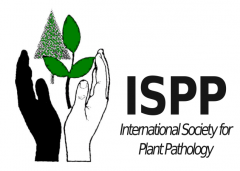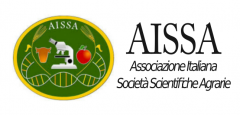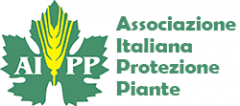
Sugar partitioning between Ustilago maydis and its host Zea mays L during infection
Plant Physiology
2018Authors: Davide Sosso, Karina Van Der Linde, Margaret Bezrutczyk, David Schuler, Karina Schneider, Jörg T. Kämper, Virginia Walbot
The basidiomycete Ustilago maydis causes smut disease in maize (Zea mays L.) by infecting all plant aerial tissues. The infection causes leaf chlorosis and stimulates the plant to produce nutrient-rich niches, i.e., tumors, where the fungus can proliferate and complete its life cycle. Previous studies have recorded high accumulation of soluble sugars and starch within these tumors. Using interdisciplinary approaches, we found that the sugar accumulation within tumors coincided with differential expression of plant SWEET sugar transporters and the H+/sucrose symporter ZmSUT1 (Sucrose Transporter1). To accumulate plant sugars, the fungus deploys its own set of sugar transporters, generating a sugar gradient within the fungal cytosol, recorded by expressing a cytosolic glucose Förster Resonance Energy Transfer (FRET) sensor. Our measurements indicated likely elevated glucose levels in hyphal tips during infection. Growing infected plants under dark conditions led to decreased plant sugar levels and loss of the fungal tip glucose gradient, supporting a tight link between fungal sugar acquisition and host supplies. Finally, the fungal infection causes a strong imbalance in plant sugar distribution, ultimately impacting seed set and yield.
http://www.plantphysiol.org/content/early/2018/12/28/pp.18.01435




